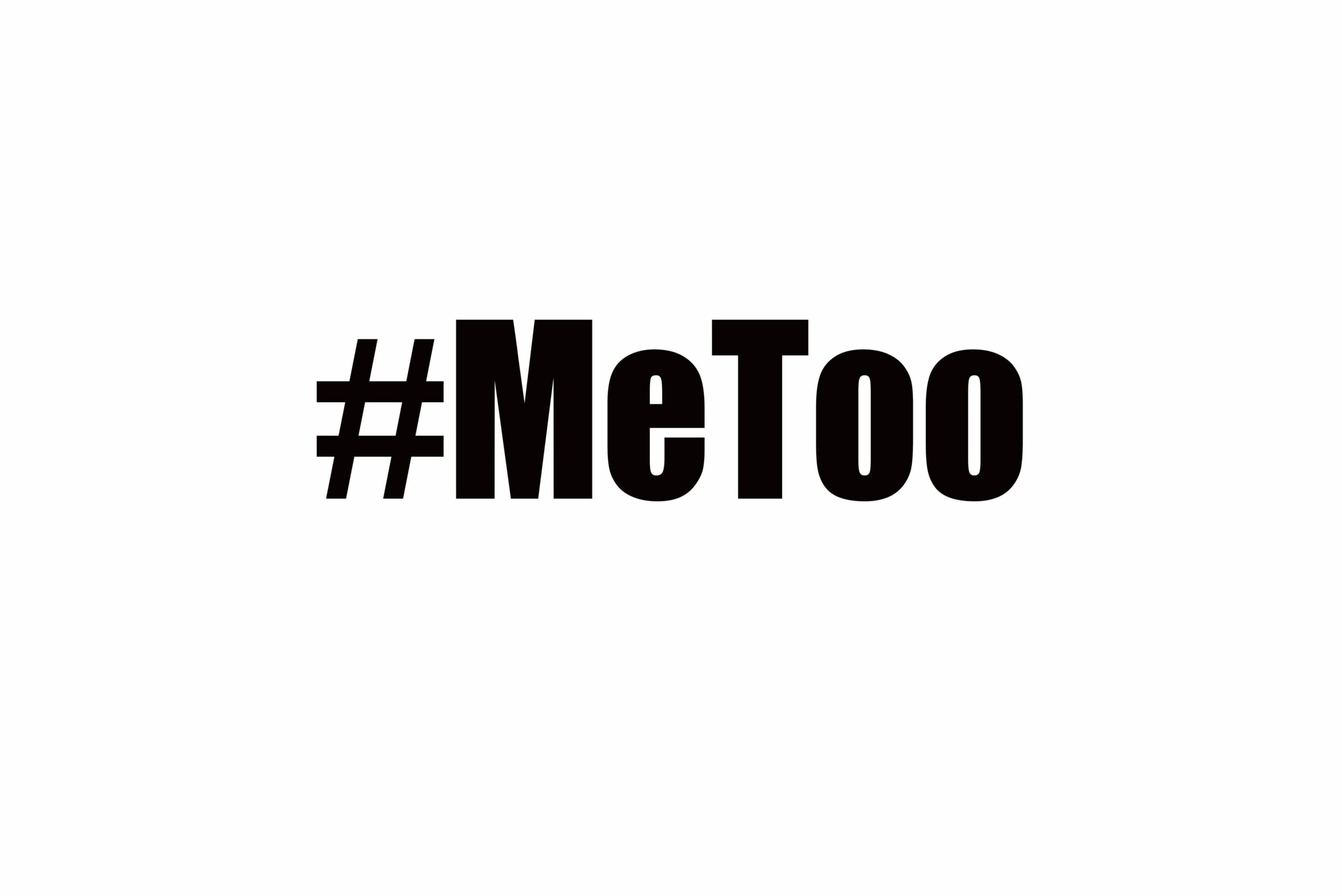Harvey Weinstein. Bill Cosby. Roger Ailes. George H.W. Bush. Donald Trump. New accusations of sexual harassment and assault by men in power surface nearly daily. Tens of thousands of people across the country have used the #MeToo hashtag to share their experience of abuse and harassment on social media. With every new allegation, the magnitude of the problem comes into focus and brings renewed attention to prevention in the workplace.
According to a 2016 report from the Equal Employment Opportunity Commission, as many as 85 percent of women have experienced some form of sexual harassment at work. In total, the EEOC received 162,872 harassment allegations between 2010 and 2015.
That same report found a majority of corporate sexual harassment prevention training has not actually prevented harassment. And yet companies continue to shell out big bucks. According to a Marketplace report, large firms budget $100,000 or more for training and the anti-harassment training industry’s annual revenue reaches into the billions. Prevention training is mandatory in some states and estimates show between 70 to 90 percent of companies in the United States provide some type of anti-harassment training.
Analysts argue anti-harassment needs to go beyond symbolic compliance or “check-the-box” training to be truly effective. “We have an opportunity to leverage what’s going on right now in the news in our sexual harassment prevention training and say, ‘Look what happens if we don’t do this,’ ” said Denise Dudley, former CEO of Skillpath Seminars, a training company.
Beyond Check the Box
Dudley said online training is not usually very effective so anti-harassment training should be done in-person multiple times a year. Kerry Alison Wekelo, managing director of HR and operations for Actualize Consulting, said training should be interactive and lead to discussion.
“Use scenarios that violate and do not violate the policy as group discussions,” Wekelo said. “Have the sessions be smaller so everyone can participate or, if larger, have break-out sessions for discussions.”
She added that training should also include consequences if someone is found guilty of sexual harassment. “If you knew that your company was very strict on that policy, you might think twice before performing those acts,” she said.
Dudley said on top of sexual harassment prevention training there are other types of training that could be helpful in preventing harassment or assault. One is ongoing assertiveness training that focuses on how to respond to inappropriate behaviors.
“If we teach people assertiveness, it gives people a calm, quiet, indisputable power basis that says, ‘no one has more rights that I do — I don’t have to accept this kind of treatment because this person is technically aggressing against me,’ ” Dudley said.
Dudley and Wekelo both said prevention training needs to be wide and should cover specific examples like a superior asking for backrub in his office. By not talking about it people think it doesn’t actually happen.
Dudley said many trainers don’t want to address subtleties in sexual harassment because it’s muddy but it is vital to do so. “We’re not trying to prevent people from saying anything nice to each other,” she said. “We’re trying to make sure that the way we say it cannot be mistaken.”
Dudley said training should also cover women harassing men or same-sex harassment. Wekelo added that training should not only cover examples of sexual harassment, but also training for the process of how to make a formal complaint.
Creating a Culture of Openness
According to the “National Crime Victimization Survey” only one in three sexual assaults are reported. And the most common reason for not reporting the crime is fear of retaliation. Beyond training, CLOs can help create a culture where victims feel they can come forward.
It starts with leading by example. Dudley said the first mistake organizations make is allowing upper management to sit out training, which shows employees that leaders don’t think it’s important.
That issue was at the heart of a recent allegation by a former camera assistant against actor Kevin Spacey on the set of “House of Cards.”
“What gets me is we have to sign sexual harassment paperwork before the start of the show and apparently [Kevin Spacey] doesn’t have to do anything and he gets away scot-free with this behavior,” the former assistant said in a CNN report.
Dudley said senior leadership should take part in approachability training to help victims feel they can come forward. “You could be thinking, ‘yeah but if I make myself unapproachable I won’t have as many problems in my life,’ ” Dudley said. “But you don’t want problems to get way far down the line before you discover that you have a sexual harassment problem because CNN is at your door with cameras.”
This is where technology can play a useful role. If the company is too big or employees are in multiple locations, a single message from the CEO can show an endorsement of the message and program, Dudley said. Pretesting, post-testing and email follow-ups such as monthly reminders can be annoying but it makes for a more effective program.
“Setting that tone at the top that it’s not tolerated, that you do have an open-door policy, that you do want to hear what’s going on with your team and then talking about it quickly and openly” is what’s necessary, Wekelo added.
Wekelo said many organizations don’t have a safe way that victims can report allegations — and that’s a problem. A good solution is a hotline or outside party to report claims. “It’s a really good segregation when you have a third party you can go to where you can feel safe and protected if you don’t want to complain from an anonymous perspective,” she said.















